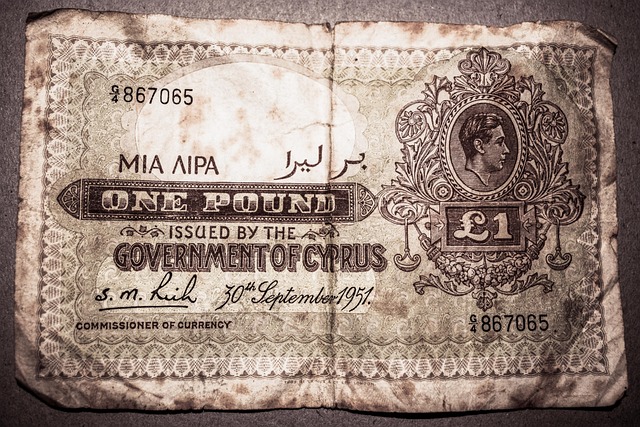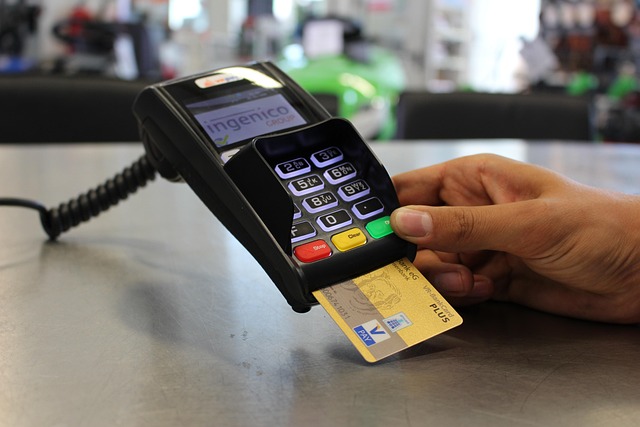After a car title loan repossession, borrowers and lenders navigate a structured legal process. Lenders send formal notices, while borrowers can seek loan forgiveness or negotiation. State-specific laws regarding title loans are crucial for informed decisions and better outcomes. Lenders in San Antonio opt for private sales for quicker profit. Rebuilding credit after repossession involves challenging errors, seeking counseling, and avoiding high-interest loans.
After a car title loan repossession, several processes and considerations come into play. This article delves into the intricate details of what happens next, focusing on three key aspects: the legal process following repossession, vehicle disposal methods after recovery, and strategies for rebuilding credit post-repossession. Understanding these steps is crucial for both borrowers and lenders to navigate this challenging situation effectively and mitigate its impact.
- Legal Process Following Repossession
- Vehicle Disposal After Recovery
- Rebuilding Credit Post-Repossession
Legal Process Following Repossession

After a car title loan repossession, the legal process plays a crucial role in determining the next steps for both the lender and the borrower. Once the vehicle is recovered, the lender will initiate legal procedures to ensure the repayment of the outstanding loan amount. This typically involves sending a formal notice to the borrower, outlining the right to reclaim the vehicle and the required actions to resolve the debt. During this period, borrowers should remain proactive in communicating with the lender or title loan recovery agent to explore options for loan forgiveness or negotiation.
The legal process aims to provide a structured framework for resolving disputes and ensuring fairness. It allows borrowers facing financial hardships to seek assistance through bankruptcy or similar legal channels, offering a potential path to loan relief. Additionally, understanding state-specific laws regarding title loans and repossession procedures is essential, as it can impact the borrower’s rights and available remedies. This knowledge empowers individuals to make informed decisions when dealing with such situations, potentially leading to better outcomes in the long term.
Vehicle Disposal After Recovery

After a vehicle is repossessed due to non-payment of a car title loan, the next step in the process is its disposal. The lender or recovery agent typically has several options for handling the recovered vehicle. One common practice is to sell it at an auction, where both individuals and businesses can bid on the car. This method allows for maximum value retrieval and is often the fastest way to liquidate the asset.
In some cases, especially with specialized vehicles like boats (Boat Title Loans) or unique assets, the lender might choose to sell them privately. This approach could result in a higher selling price, but it may also take longer. San Antonio Loans, for instance, have seen successful private sales where individuals or local dealers purchase repossessed vehicles, either for personal use or resale, ensuring a quicker turnaround and potentially more profitable outcome for the lender.
Rebuilding Credit Post-Repossession

After a car title loan repossession, rebuilding your credit score is a crucial step towards financial recovery. The immediate impact of repossession can be severe, but it doesn’t have to define your future. One of the first steps is to obtain a copy of your credit report from the major credit bureaus to understand exactly what happened and identify any errors. This process allows you to challenge inaccuracies and start rectifying any negative marks.
Seeking financial assistance through counseling agencies or government programs can provide valuable guidance on managing debt and rebuilding credit responsibly. Many of these services offer tailored plans, including options for flexible payments, which can help you regain control without the burden of a repossession. Remember, it’s essential to learn from this experience and make informed decisions moving forward, such as avoiding high-interest loans and maintaining timely payments to rebuild your financial standing.
After a car title loan repossession, understanding the subsequent legal process, vehicle disposal methods, and credit rebuilding strategies is crucial for borrowers. The legal process involves a series of steps designed to protect both the lender and borrower’s rights. Vehicle disposal typically includes sale or auction, with proceeds used to offset the outstanding debt. Rebuilding credit post-repossession requires proactive measures such as obtaining a secured credit card and making timely payments to demonstrate responsible borrowing habits. By navigating these stages effectively, individuals can work towards recovering financially and improving their credit standing following title loan recovery after repossession.






